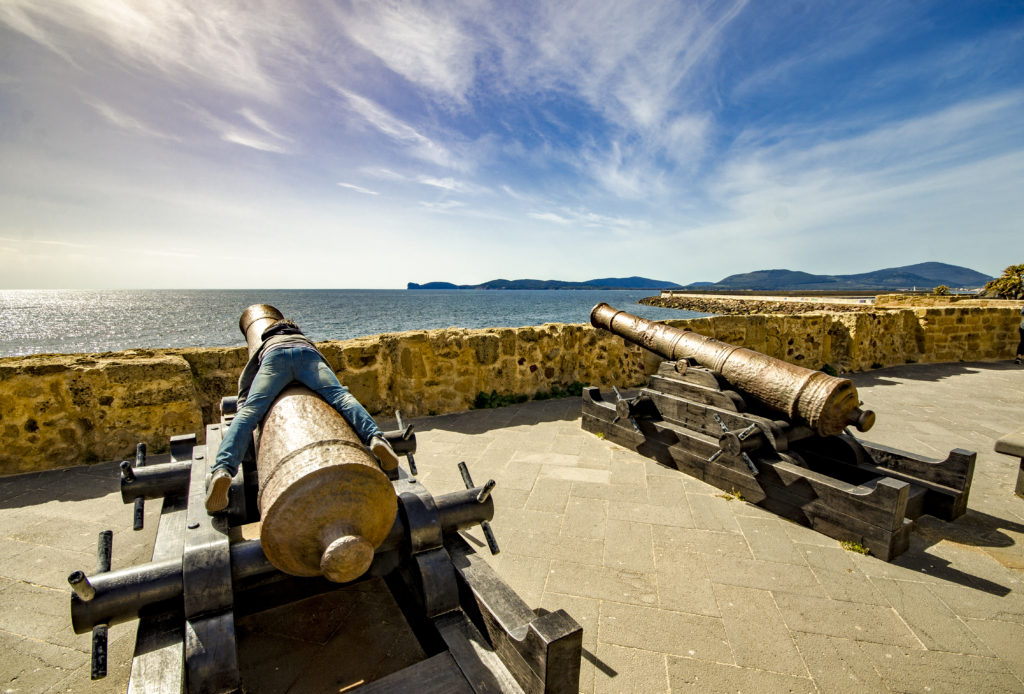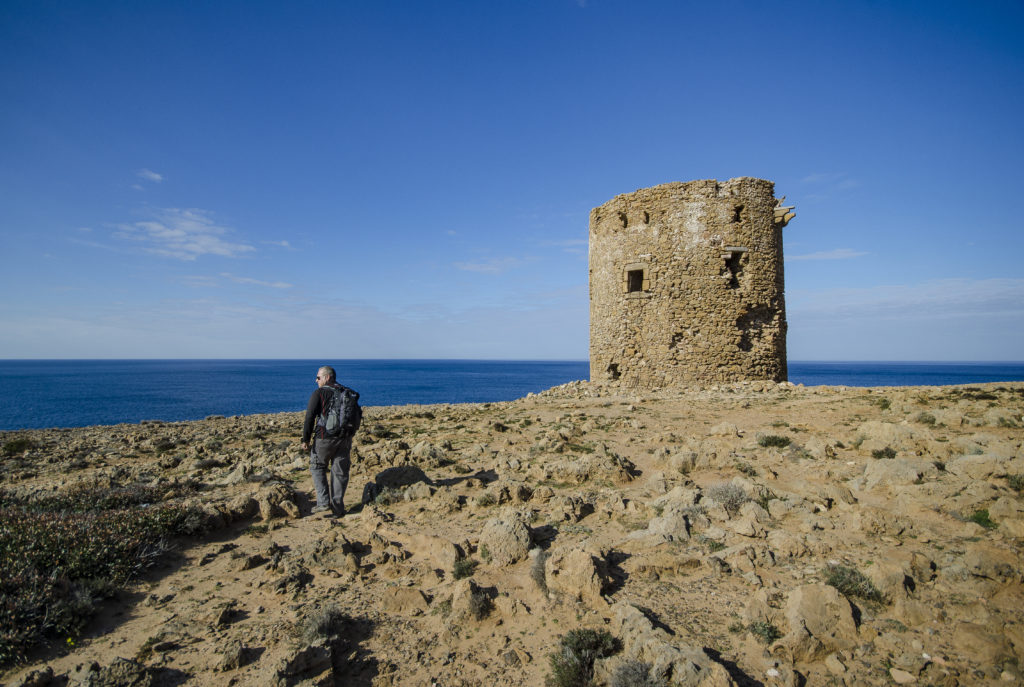Il Mediterraneo non è mai stato un mare sicuro. Guerre, scontri fra culture e migrazioni sono sempre stati la causa di un’ansia, di una paura di essere invasi, che nei secoli hanno costretto i popoli a guardare al mare nostrum come a una minaccia e a crearsi di volta in volta strumenti di difesa sempre più elaborati ed efficienti. Chi ha viaggiato per mare, soprattutto lungo le coste della Sardegna e della Sicilia o del sud Italia, avrà notato la miriade di torri che le circondano.
Intorno al 1570 iniziò infatti, per volere della Corona di Spagna, un programma di costruzione di fortilizi costieri che, dopo la battaglia di Lepanto, diveniva indispensabile per ostacolare le azioni di pirateria che l’Impero Ottomano indirizzava ai territori occupati dagli spagnoli.
Filippo II, quindi, istituì la Reale Amministrazione delle Torri che, fino al 1842 anno in cui fu soppressa, si occupava della costruzione del sistema difensivo, della sua manutenzione, del reclutamento del personale e di tutte le altre indispensabili azioni per garantire una efficiente protezione delle coste in tutto il Mediterraneo.
Il successo di rispedire in mare gli invasori, se non addirittura quello di non farli nemmeno avvicinare alla costa, era garantito da una incredibile varietà di questi fortilizi. Le più grandi, quelle di difesa pesante, erano armate con più cannoni di grosso calibro, da soldati armati di fucili e spingarde. Le più piccole erano perlopiù destinate all’avvistamento e segnalazione di eventuali minacce provenienti dal mare. Tutte comunque avevano la caratteristica di poter osservare la torre vicina e avere quindi la possibilità di comunicare istantaneamente un imminente sbarco piratesco. Questo avveniva con l’ausilio di fuochi segnaletici o diffondendo il suono di corni o campane che con un codice prestabilito consentiva al personale operante di capire esattamente di quale entità fosse la minaccia.
In Sardegna delle oltre cento torri preesistenti, solo il 40%, anche grazie a lavori di restauro effettuati negli anni, è in buono stato. Il resto versa in cattive condizioni e in qualche caso allo stato di rudere.
Dalla fine degli anni duemila, si occupa di esse la Conservatoria delle Coste che per ora ne gestisce circa una decina, soprattutto per la loro particolare rilevanza paesaggistica e ambientale.
The Mediterranean has never been a safe place. Wars, clashes between cultures and migrations have always been the cause of anxiety, of a fear of being invaded. Over centuries this have forced people to look at the mare nostrum as a threat and to create ever more elaborate defense systems from time to time. Those who have traveled by sea, especially along the coasts of Sardinia and Sicily or southern Italy, will have noticed the myriad of towers that scatter the coastline.
In fact, around 1570, at the behest of the Crown of Spain, a program of construction of coastal fortresses began. This, after the battle of Lepanto, became indispensable to hinder the activity of piracy that the Ottoman Empire opposed to the territories occupied by the Spanish.
Philip II established then the Royal Towers Administration which, until 1842, the year in which it was suppressed. This was responsible for the construction of the defensive system, its maintenance, the recruitment of personnel and all other indispensable actions to ensure efficient protection of the coasts throughout the Mediterranean.
 The success of sending the invaders back to the sea, of not even making them come close to the coast, was guaranteed by an incredible variety of these forts. The largest towers, those with heavy defense, were armed with large-caliber cannons, by soldiers armed with rifles and pusher. The smaller ones were mostly intended for sighting and reporting possible threats from the sea. All, however, had the characteristic of being able to observe the nearby tower and thus have the possibility of communicating instantly an imminent pirate landing. This occurred with the aid of signaling fires or by spreading the sound of horns or bells which, with a pre-established code, allowed the operating personnel to understand exactly what the threat was.
The success of sending the invaders back to the sea, of not even making them come close to the coast, was guaranteed by an incredible variety of these forts. The largest towers, those with heavy defense, were armed with large-caliber cannons, by soldiers armed with rifles and pusher. The smaller ones were mostly intended for sighting and reporting possible threats from the sea. All, however, had the characteristic of being able to observe the nearby tower and thus have the possibility of communicating instantly an imminent pirate landing. This occurred with the aid of signaling fires or by spreading the sound of horns or bells which, with a pre-established code, allowed the operating personnel to understand exactly what the threat was.
In Sardinia over one hundred existing towers, only 40%, thanks to restoration work carried out over the years, is in good condition. The rest is in poor condition and in some cases in a state of ruin.
Since the end of the 2000s, the “Conservatoria delle Coste” has taken care of these, and for now manages about a dozen of them, mainly due to their particular landscape and environmental relevance.
